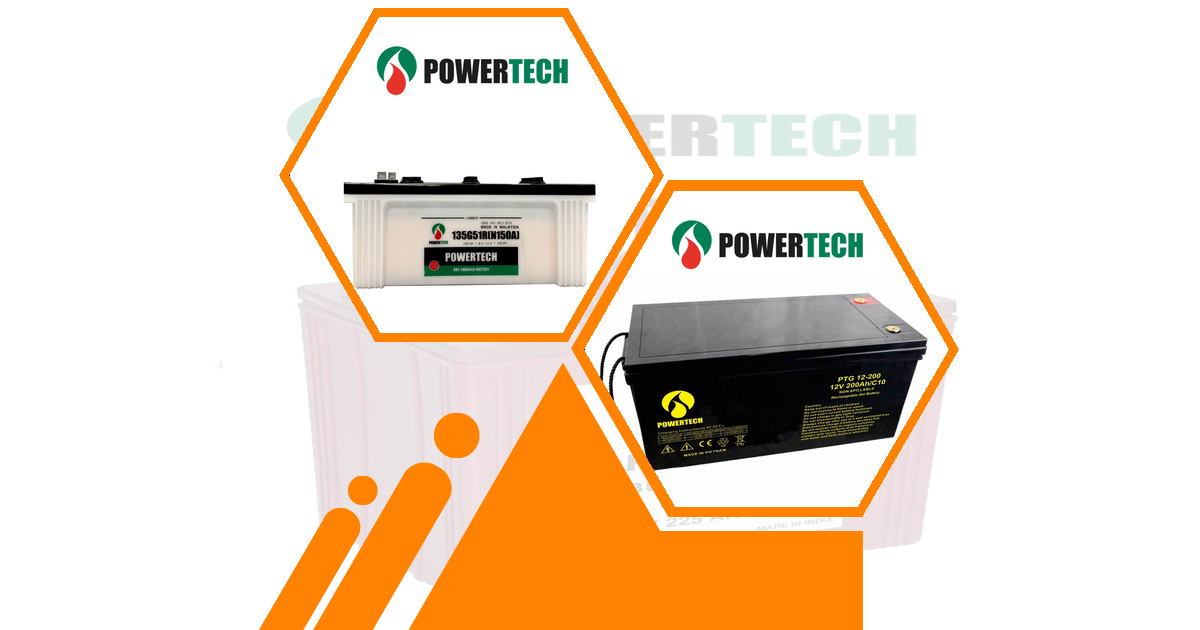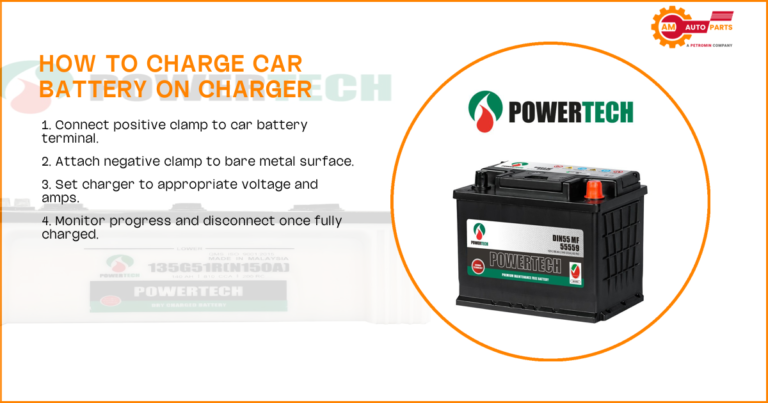Troubleshooting Car Battery Charging Issues: Problems and Solutions
Car battery charging issues can be a major inconvenience, leaving you stranded at the most inopportune times. Understanding the common causes and solutions for these problems can save you time and money. In this comprehensive guide, we will explore the various aspects of car battery charging problems and provide practical solutions to keep your vehicle running smoothly.
Common Causes of Car Battery Charging Problems
Corroded Battery Connections
Corroded battery connections are a frequent culprit behind charging issues. Corrosion can build up on the battery terminals, hindering the flow of electricity. This can lead to a weak or dead battery, even if the alternator is functioning correctly. Regular inspection and cleaning of the battery terminals can prevent this problem.
- Signs of Corrosion:
- White or bluish powder on battery terminals
- Difficulty starting the car
- Flickering dashboard lights
Faulty Alternator
The alternator is responsible for charging the battery while the engine is running. A faulty alternator can lead to insufficient charging, causing the battery to drain quickly. Symptoms of a failing alternator include dimming headlights and a battery warning light on the dashboard.
- Indicators of a Faulty Alternator:
- Unusual noises from the engine
- Electrical issues in the car
- Frequent need to jump-start the battery
Old or Expired Battery
Car batteries have a limited lifespan, typically ranging from three to five years. An old or expired battery may not hold a charge effectively, leading to frequent charging problems. Regular testing and timely replacement can prevent unexpected breakdowns.
- Signs of an Expired Battery:
- Slow engine crank
- Swollen battery case
- Low battery fluid level
Parasitic Draw on Battery Charge
Parasitic draw occurs when electrical components continue to draw power from the battery even when the car is off. This can lead to a drained battery overnight. Identifying and fixing the source of the parasitic draw is crucial to maintaining battery health.
- Common Sources of Parasitic Draw:
- Faulty wiring
- Malfunctioning electrical components
- Aftermarket accessories
Extreme Temperature Effects
Extreme temperatures, both hot and cold, can affect battery performance. Cold weather can reduce the battery’s ability to hold a charge, while hot weather can cause the battery fluid to evaporate, leading to damage.
- Temperature Effects on Battery:
- Reduced capacity in cold weather
- Increased risk of overheating in hot weather
- Shortened battery lifespan
Diagnosing Battery Charging Issues
Visual Inspection of Battery and Connections
A visual inspection can reveal obvious issues such as corrosion, loose connections, or physical damage to the battery. Regular checks can help identify problems before they lead to a complete failure.
- What to Look For:
- Corrosion on terminals
- Cracks or bulges in the battery case
- Loose or frayed cables
Testing Battery Voltage
Testing the battery voltage with a multimeter can provide insights into its health. A fully charged battery should read around 12.6 volts. Lower readings may indicate a problem with the battery or charging system.
- Voltage Readings:
- 12.6 volts or higher: Fully charged
- 12.4 volts: Partially charged
- Below 12 volts: Needs charging or replacement
Checking Alternator Output
The alternator’s output can be tested to ensure it is charging the battery correctly. A multimeter can be used to measure the voltage output, which should be between 13.8 and 14.4 volts when the engine is running.
- Alternator Output Levels:
- 13.8 to 14.4 volts: Normal output
- Below 13.8 volts: Undercharging
- Above 14.4 volts: Overcharging
Identifying Parasitic Drains
To identify parasitic drains, disconnect the negative battery cable and use a multimeter to measure the current draw. A reading above 50 milliamps indicates a parasitic drain that needs to be addressed.
- Steps to Identify Parasitic Drains:
- Disconnect negative battery cable
- Connect multimeter in series
- Check for excessive current draw
Solutions for Car Battery Charging Problems
Cleaning and Tightening Battery Connections
Cleaning and tightening battery connections can improve the flow of electricity and prevent charging issues. Use a mixture of baking soda and water to clean the terminals, and ensure all connections are secure.
- Steps to Clean Connections:
- Disconnect battery cables
- Clean terminals with baking soda solution
- Reconnect and tighten cables
Replacing a Faulty Alternator
If the alternator is faulty, replacing it is essential to restore proper charging. Consult a professional mechanic to ensure the alternator is installed correctly and functioning as expected.
- Alternator Replacement Tips:
- Choose a high-quality replacement
- Verify compatibility with your vehicle
- Test the new alternator after installation
Installing a New Battery
When a battery is old or unable to hold a charge, installing a new one is the best solution. Ensure the new battery matches the specifications of your vehicle for optimal performance.
- Battery Installation Steps:
- Remove old battery
- Clean battery tray and terminals
- Install and secure new battery
Addressing Parasitic Drains
To address parasitic drains, identify and repair faulty components or wiring. This may involve replacing malfunctioning parts or disconnecting unnecessary accessories.
- Fixing Parasitic Drains:
- Inspect electrical components
- Repair or replace faulty parts
- Disconnect aftermarket accessories
Proper Battery Maintenance in Extreme Temperatures
Proper maintenance can mitigate the effects of extreme temperatures on your battery. In cold weather, keep the battery warm, and in hot weather, ensure proper ventilation.
- Temperature Maintenance Tips:
- Use a battery blanket in winter
- Park in shaded areas during summer
- Regularly check battery fluid levels
Why Won’t My Car Battery Hold a Charge?
Overcharging or Undercharging
Overcharging or undercharging can damage the battery and reduce its ability to hold a charge. Ensure the charging system is functioning correctly to prevent these issues.
Deep Discharge Effects
Deep discharges can harm the battery’s internal structure, leading to reduced capacity. Avoid letting the battery discharge completely to prolong its life.
Blown Fuses or Electrical System Issues
Blown fuses or issues within the electrical system can prevent the battery from charging properly. Inspect and replace any faulty fuses to restore normal charging.
How Can I Prevent Car Battery Charging Issues?
Regular Battery Maintenance
Regular maintenance, including cleaning terminals and checking fluid levels, can prevent many charging issues. Schedule routine inspections to catch problems early.
Proper Charging Habits
Adopt proper charging habits, such as avoiding short trips that don’t allow the battery to fully charge. This can help maintain battery health and longevity.
Avoiding Deep Discharges
Avoid deep discharges by turning off electrical components when the engine is off. This simple habit can significantly extend the life of your battery.
What Are Signs of a Failing Car Battery?
Slow Engine Crank
A slow engine crank is a common sign of a failing battery. If the engine struggles to start, it may be time to test or replace the battery.
Dimming Lights
Dimming headlights or interior lights can indicate a weak battery. This is often noticeable when starting the car or using multiple electrical components.
Electrical System Malfunctions
Malfunctions in the electrical system, such as erratic behavior of dashboard lights or power windows, can signal a failing battery. Solid-state vehicle powertrains use special batteries without liquid inside to power cars and trucks These powertrains can make vehicles go faster and farther without needing to be charged as often Motorhome voltage regulation helps keep the power steady It makes sure appliances work right when you’re camping or traveling
Battery selection guide Choose the right battery for your device by looking at size voltage and how long it lasts
How Often Should I Replace My Car Battery?
Average Battery Lifespan
The average lifespan of a car battery is three to five years. Regular testing can help determine when a replacement is necessary.
Factors Affecting Battery Life
Factors such as driving habits, climate, and maintenance can affect battery life. Consider these factors when assessing your battery’s condition.
Signs It’s Time for a Replacement
Signs that it’s time for a replacement include frequent jump-starts, a swollen battery case, and a battery warning light on the dashboard.
Can Extreme Weather Affect My Car Battery’s Charging Ability?
Cold Weather Effects
Cold weather can reduce a battery’s capacity and make it harder to start the engine. Using a battery heater can help mitigate these effects.
Hot Weather Impacts
Hot weather can cause battery fluid to evaporate, leading to damage. Ensure proper ventilation and check fluid levels regularly during summer.
Seasonal Battery Care Tips
Seasonal care tips include using a battery blanket in winter and parking in shaded areas during summer. Regular maintenance can help your battery withstand extreme temperatures.
By understanding and addressing these common car battery charging issues, you can ensure your vehicle remains reliable and efficient. Regular maintenance and timely interventions are key to preventing unexpected breakdowns and prolonging the life of your car battery.






